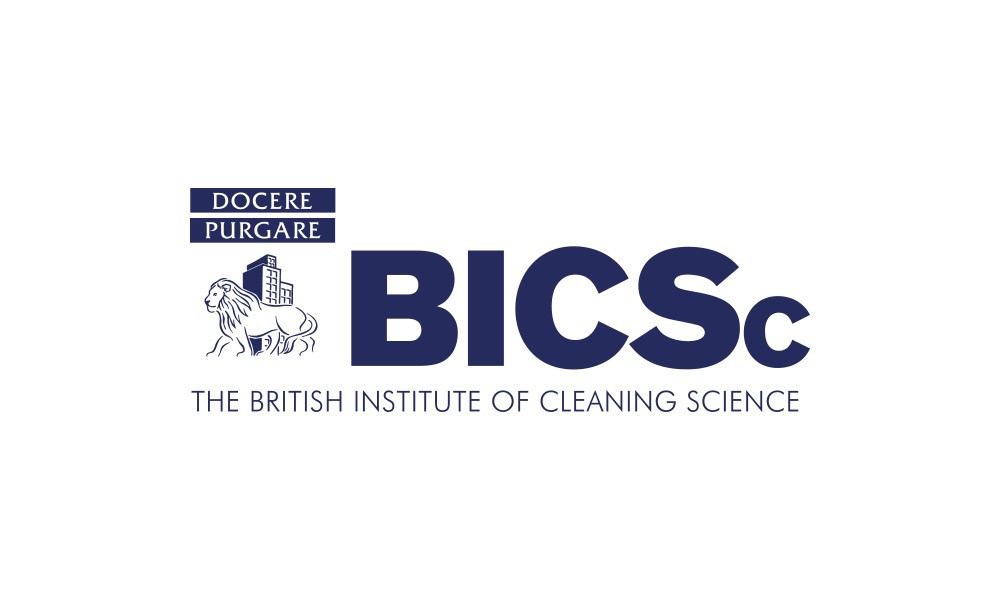

|
Chris Shaw
Editor |
| Home> | FACILITIES MANAGEMENT | >Health, Safety & Workwear | >Is it worth the risk? |
Is it worth the risk?
29 April 2019
If your job is to work at height, then one of the risks you face is obvious – falling to your death! In the cleaning sector the risks may not be as life threatening, but the risks can be life changing. James Marston, learning and development manager at the British Institute of Cleaning Science (BICSc), explains more

In 2017 there was news of a window cleaner who was seriously injured after falling from a building onto a street pavement in Oxford Street, London. Although the person survived, they were left with life changing injuries and were unable to work following the accident.
The environments we clean are often scrutinised by courts and legal representatives, as well as experts in injury compensation cases. In 2017 there were over 800,000 cases of workplace injuries registered with the Department for Work and Pensions’ Compensation Recovery Unit (CRU). HSE estimated the economic cost of these cases to be more than £5.2 billion. The most common causes of prosecutions and financial compensation awarded in recent years for slips, trips and falls in the cleaning industry include:
- Over-use of polish
- Chemical residue leaving a slippery floor
- Inadequate cleaning not removing dirt
In 2016 a company was prosecuted when a worker slipped on an over-polished floor resulting in a broken arm and shoulder. The company had failed to ensure there was appropriate training in place, including an adequate risk assessment and as a result was fined £10,000.
Assessing risk and finding ways to eliminate or reduce it is now required by law to avoid such cases. Looking at the list above, do our risk assessments consider the risk during cleaning to staff and passers-by? Is the operator applying polish correctly, safely diluting chemicals so as not to leave a residue, or when judging floors, do they consider the cleanliness of the floor and the slip factor when they collect the signs and walk away?
Risk consideration must reflect not just safe operational practice, but also the result of cleaning activities especially on floors. Risk controlling measures feed into safe systems of work which in turn create positive behaviour and an increased level of understanding by staff of potentially high-risk cleaning operations.
Risk assessments must be made available to all cleaning operatives and should reflect risk reduction on surfaces after cleaning. Has the task created a safer surface to walk on? If carried out, staff will consider the condition of floors after cleaning and take action if any risk remains. Doing this will reduce the number of workplace injuries, eradicate hefty fines and remove the stress that injury and prosecution brings to everyone concerned.
- It's anchors aweigh with BICSc
- Taking stock of cleaning processes
- Winners of BICSc Annual Awards 2016 announced
- Washroom hygiene – what are the considerations?
- Changing the perception of cleaning operatives
- Respect at the heart of the cleaning industry’s future
- Cleaning in 2024
- Finalists revealed for the BICSc Annual Awards 2017
- Is it time for a change?
- David Bellamy steps down as president of BICSc






















